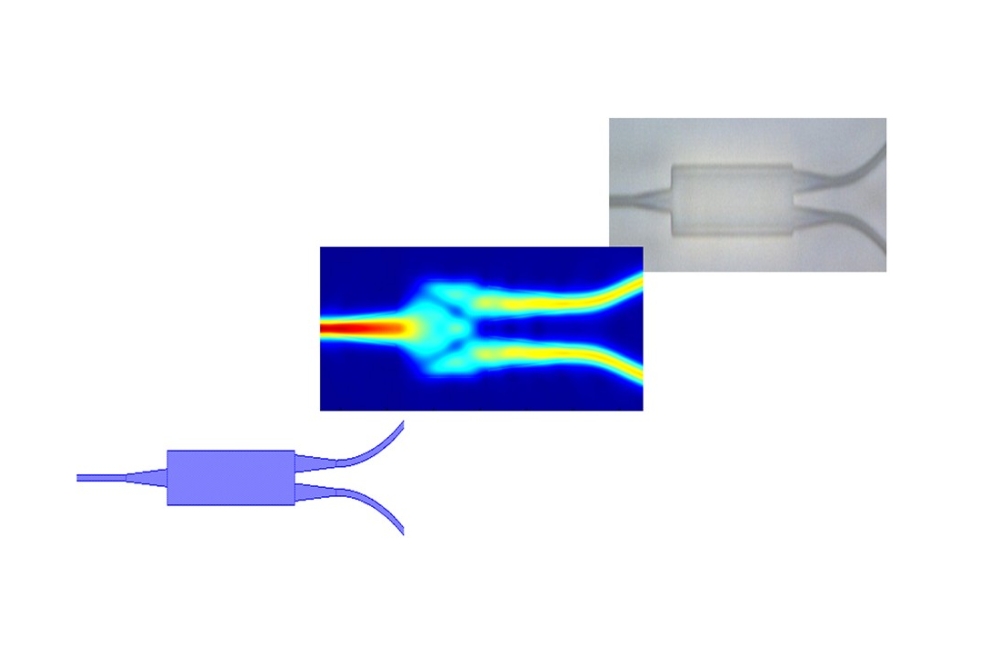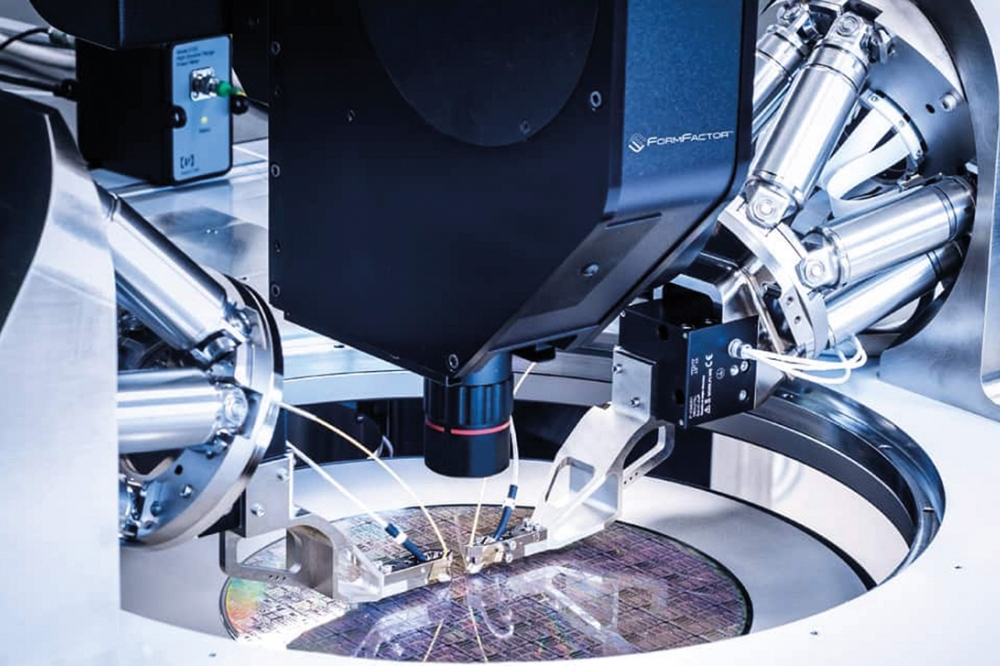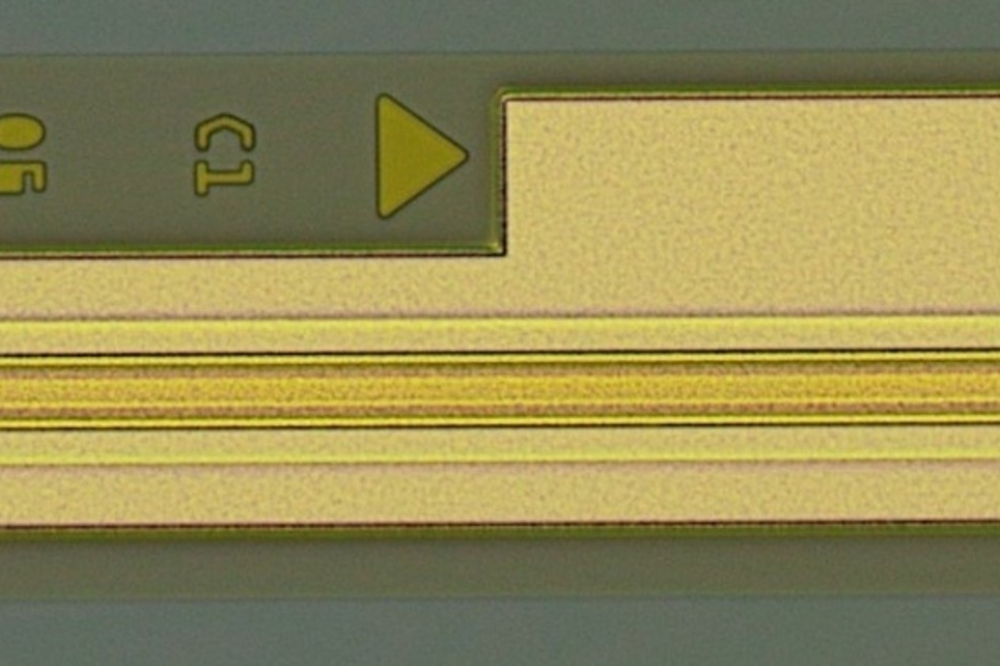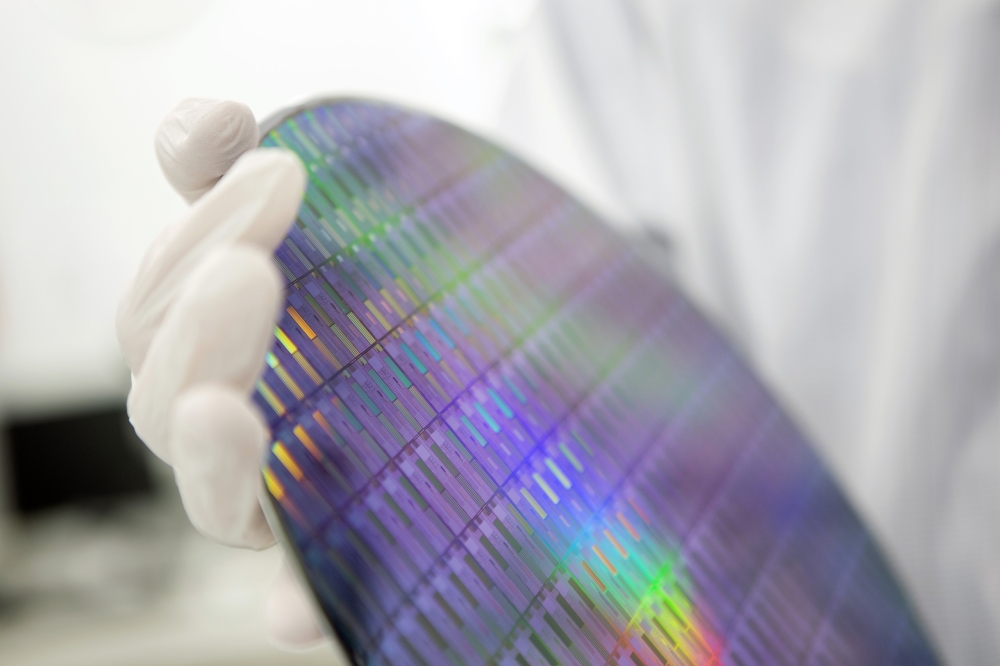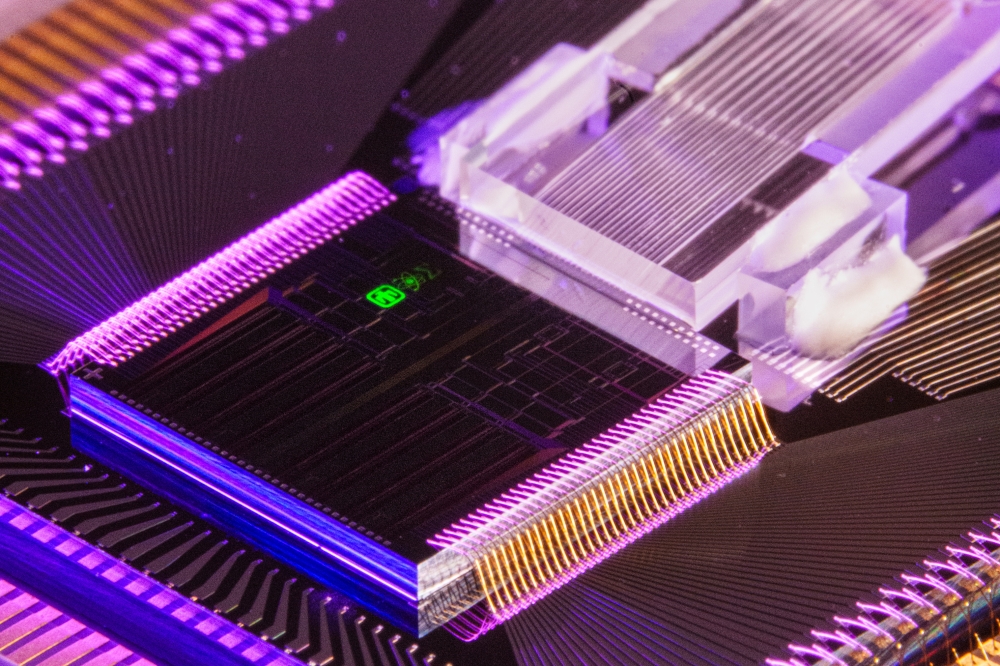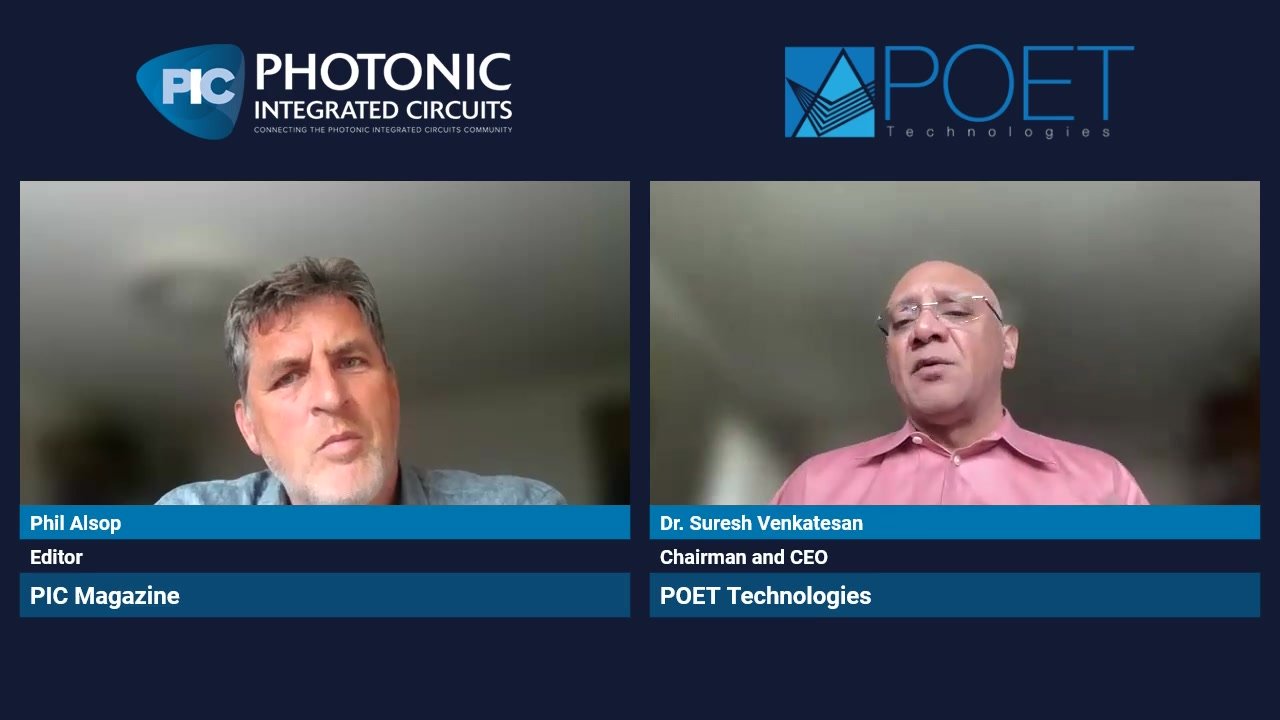News Article
CIR: Compound semiconductors tipped to enhance optical interconnects
Market research firm CIR sees the total chip-level optical interconnect market surpassing $1 billion in revenue in 2021
According to CIR, the addressable market for chip-level optical interconnects could eventually run into billions of units.
And the industry analyst believes that revenues in this market will total almost $520 million by 2019 going on to reach $1.02 billion by 2021.
The new report titled, “Revenue Opportunities for Optical Interconnects: Market and Technology Forecast - 2013 to 2020 Volume II: On-Chip and Chip-to-Chip," covers this market from 2009.
CIR's report covers four kinds of chip-level interconnect: optical engines, photonic integrated circuit (PIC)-based interconnects, silicon photonics and free-space optics.
PICs are often based on InP and GaAs technologies.
Compound semiconductor, silicon and polymer waveguides are covered, as are VCSELs, silicon lasers and quantum dot lasers. The report also contains assessments of the latest business and technology strategies in the chip-level optical interconnect space.
Players in the market include Avago, Cisco, Corning, Dow Chemical, Dow-Corning, DuPont, Finisar, Fujitsu, Furukawa, IBM, Intel, Juniper, Kotura, Micron, Novellus, Optical Interlinks, QD Laser, Reflex Photonics, Samtec, Sumitomo, TeraXion, Tokyo Electron, ULM Photonics, and VI Systems.
The growing popularity of parallel computing, and the arrival of multicore processors and 3D chips are leading to data traffic jams both on-chip and chip-to-chip. However, CIR believes that these trends are also creating opportunities for chip-level optical interconnects.
Avago, Finisar, IBM and Samtec have all proposed optical engines for chip-level interconnect. These miniaturised optical assemblies are currently the most mature technology available for this application and will generate revenues of $235 million in 2019.

However, with their attached connectors and heat sinks, optical engines may prove too large for complex optical interconnection environments, such as in the coming generation of Exascale supercomputers.
Meanwhile, the arrival of multicore processors and 3D chips means that computer power now depends on how fast each CPU can talk to each other and to memory devices. So reliable, low-loss, high-speed interconnects between chips then becomes crucial. Interconnect data rate requirements could reach hundreds of times what they currently are today.
Because of the limitations of optical engines, there are emerging opportunities for compact PIC- based interconnect devices based on InP and GaAs.
CIR says these opportunities will generate $120 million in 2019 increasing to $275 million by 2021. However, bonding PIC interconnects onto a silicon processor or memory chip is both technically challenging and expensive. So far, only a few PIC and VCSEL technology companies have pursued the interconnect opportunity.
Although silicon photonics has compelling advantages, firms - especially Intel - have struggled for years to make active optical devices using silicon. A breakthrough in silicon laser technology would be the single most important development in optical interconnects allowing the full integration of both electronic information processing and optical integration.
Faster VCSELs will also be important for the development of chip-level optical interconnect. Several firms and research institutes have announced high-speed VCSELs, operating all the way up to 55 Gbps, although such lasers await extensive commercialisation. Quantum dot-enhanced VCSELs have also been proposed and these, too, may have applications in interconnection.














